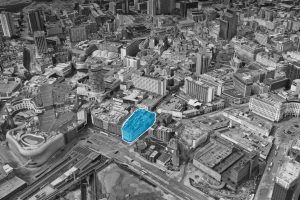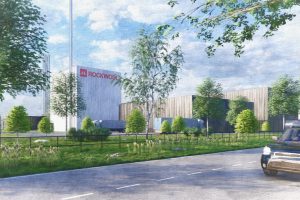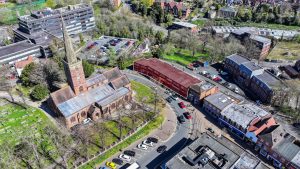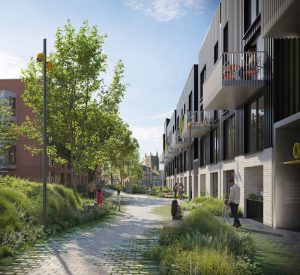5 critical factors for retailers choosing their next site

By David Walton, head of retail at Harris Lamb
THE man on the street knows all about the current pressure on retailers. Internet shopping growth and the demise of big retail chains such as BHS, Store 21 and Brantano have all left holes on retail parks and the high street.
This month sees the British Council of Shopping Centres and Completely Retail conferences take place, and I’ll be speaking with retailers from across the UK to find out more about how they see the marketplace developing over the next 12 months and how their property strategy is changing.
Retailers need to concentrate on their core business – selling things. Property is often a distraction, so much so that it can be the difference between profit and failure.
When a retailer is picking and managing commercial property, there are a number of factors that are critical to making a site a success before the doors actually open and trading starts:
1. Location
Location is vital and has a number of contributory factors; from the town and its demographic make-up to a store’s physical position, the property needs to be carefully picked to maximise its value to a retailer. Stores can sometimes fail simply by being on the wrong side of the street. Similarly, having the wrong neighbours in retail can have a big effect.
2. Rent
Good units in good positions inevitably command good rents, but by picking a cheaper unit in an okay position, a retailer may find the sales amount to less but that the overall profit is better.

Non-domestic rates are a cost that can still be controlled or minimised. Small businesses can obtain rates relief and there are ways of appealing and reducing business rates with the help of a good expert.
4. Repairs and liabilities
All business occupiers should have regard to the state of repair of their property. They should always seek professional advice on taking on a lease as their end of term liabilities for a property in poor repair can be considerable.
5. Vacant space
This can be a burden on occupiers, who need to consider what can be done to sub-let or dispose of vacant space. If a property is too big, downsizing or re-location may be the most economic solution.
While these are some of the factors I discuss with my retail clients, there’s a distinct overlap when it comes to other commercial property types, and they should definitely be the chief considerations for any business seeking a new premises.








